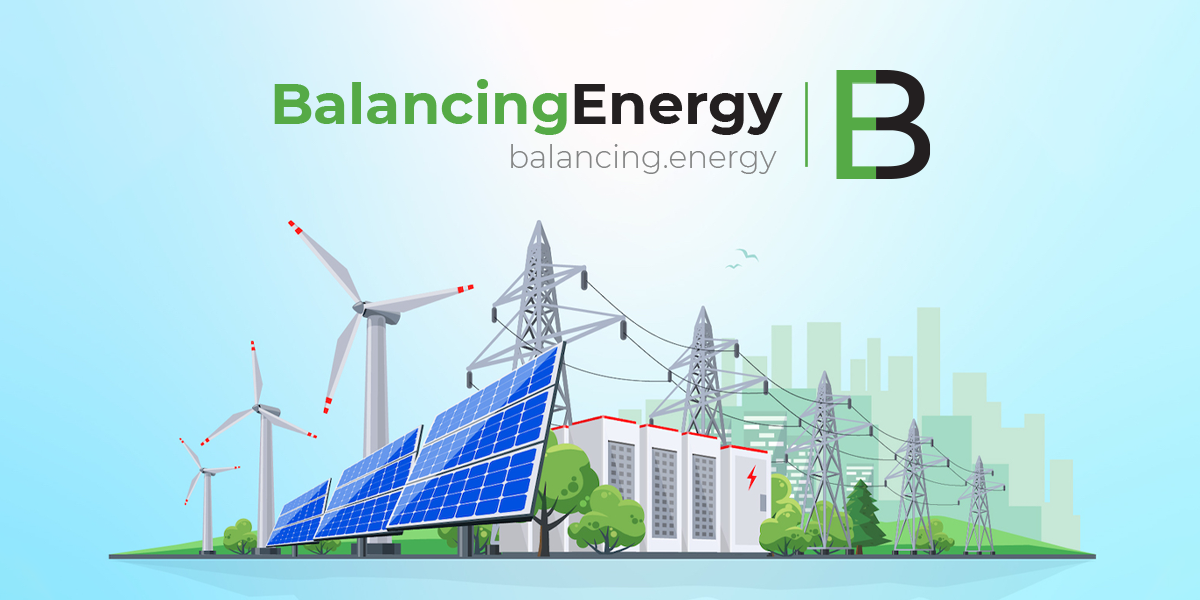Slovenia will not have to purchase a statistical transfer of renewable energy as it did in the previous three years, which cost nearly 18 million euros, as country reached a 25.3% share of renewable energy in 2023.
The higher share of renewables was not influenced by the inactivity of TPP Sostanj and NPP Krsko, but rather by the increased production of hydropower plants, which still have by far the largest share of RES. Slovenia paid almost 7 million euros to the Czech Republic for 2020 and 2021, and in 2022, it paid Croatia 10.8 million euros for statistical transfer to meet national targets.
The Minister of Environment, Climate and Energy Bojan Kumer said that there is no room for complacency. He informed citizens that it is possible to apply for a new incentive scheme for self-consumption from solar power plants, which provides 30 million euros for individuals and 5 million euros for community self-supply.
Individuals can receive 675 euros per kW of nominal power for a solar power plant if they add a battery, while without a battery, they can receive 250 euros per kW. For community solar power plants with storage, the support is 725 euros per kW, and without batteries, it is 300 euros.










